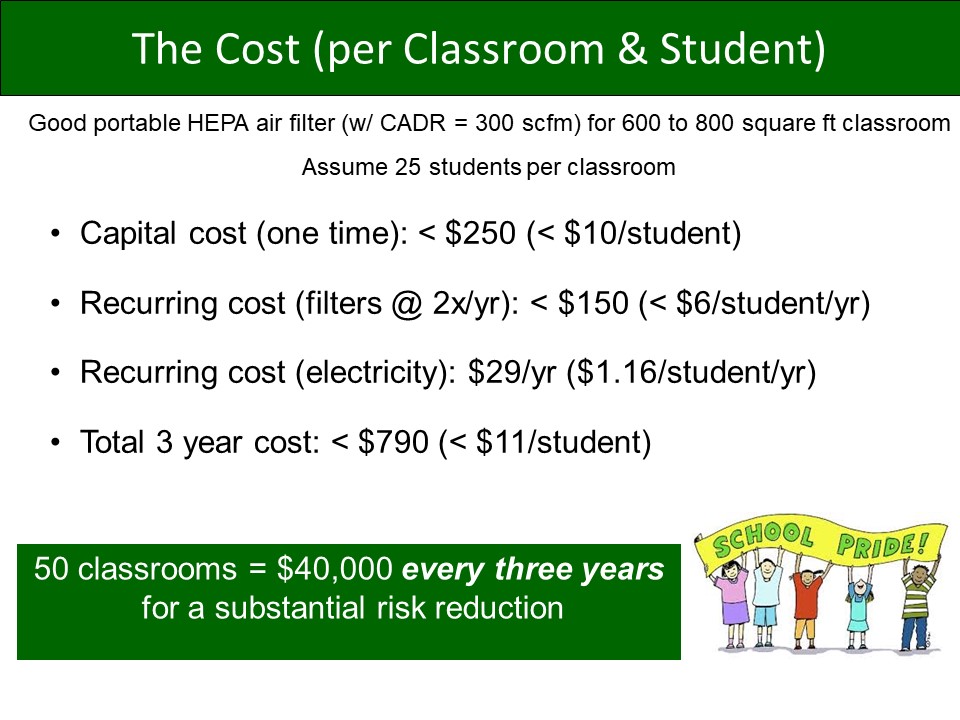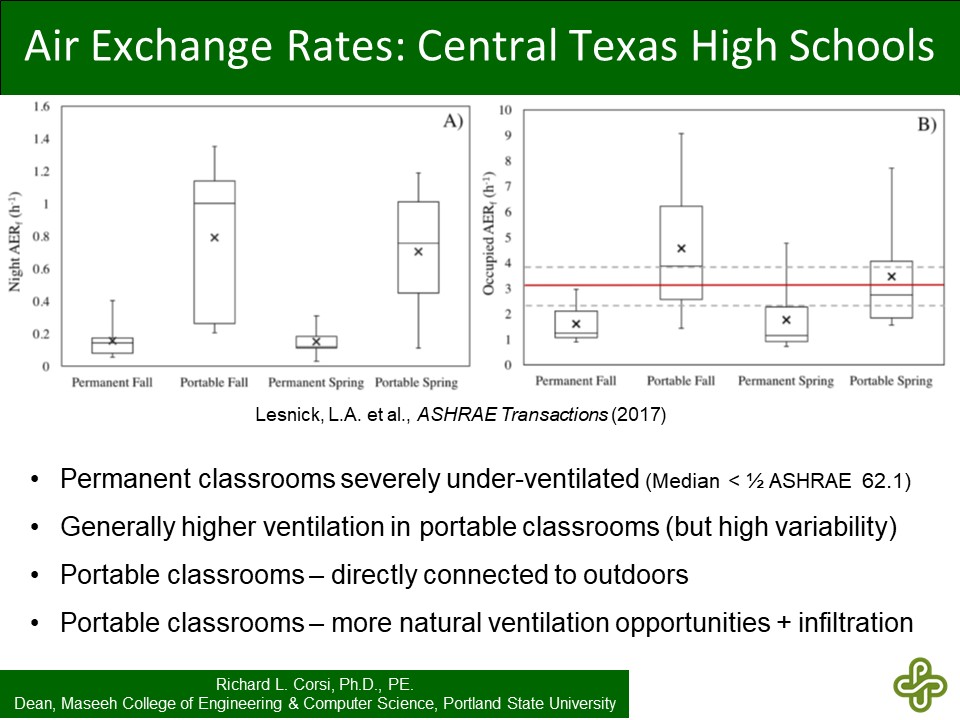
1/ Thanks to Oregon Department of Education for inviting @Wymelenberg and me to speak with a very large number of school officials in the State today about effective layered risk reduction, proven technologies, & variations across different types of school buildings/classrooms.
2/ 55 minute presentation w/ 35 minute GREAT Q&A period. Major kudos to the Department for their proactive approach to making schools as safe as possible prior to re-opening.
3/ Schools across US are suffering from confusing & inadequate guidance on ventilation & portable air filtration systems, & their importance for signif' reducing inhalation dose of virus-laden aerosol particles. Info available, but often not where schools are looking.
4/ I would personally welcome the opportunity to speak with the Dept of Education in ANY state in the US if asked. This is a critical moment for school districts across the nation to get this right and not waste federal funds they receive.
5/ Every school building and even classrooms within school buildings is different, but there are ways of addressing these differences effectively. It is NOT rocket science. Let's get the job done to reduce risk by 90 to 95% (or more) across EVERY school. Just Do It!
• • •
Missing some Tweet in this thread? You can try to
force a refresh




